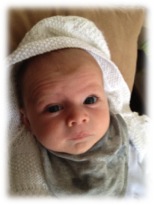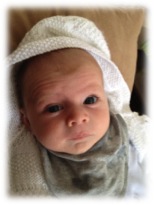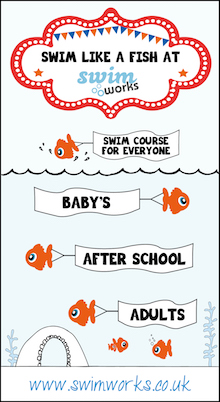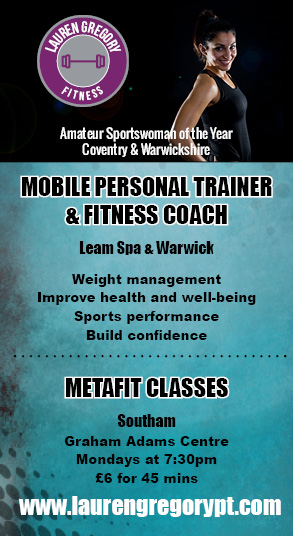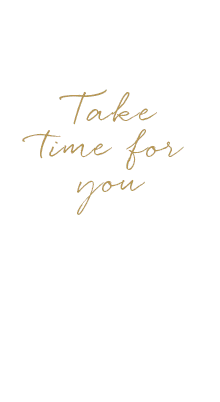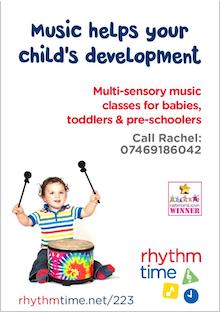Setting up Communication with your baby…
Starting as you mean to go on! ~ The early days
by Susannah Burden LSLS Cert AVT, PgDip AVT, CertMRCSLT
Specialist Speech and Language Therapist, Auditory Verbal Therapist (and Mum of Alfie!)
Even though your baby won’t be talking yet there are lots of things you can be doing to help them along the way to talking. The following tips should help you to teach your baby about communication and help them to learn that sound is meaningful and that their voice is powerful.
- Think of your baby as a little person with thoughts, ideas and messages to convey!
- Move in close so your baby can see and hear you well. Speak to her in an animated voice with a big smile which says I love talking to you and I love to hear what you have to say to me
- Watch carefully for your babys’ responses to sounds. Notice what kind of sounds she responds to-are they loud sounds, low sounds, high sounds etc.
- As a beginning conversationalist, your baby’s messages can easily be missed. Watch and listen to her carefully and give her plenty of space to tell you her thoughts. She might tell you through movements of her body, expressions on her face or through vocalisations
- Respond to all her messages as if they were communicative and intentional. These may include smiles, burps, chuckles, facial grimaces, wind and vocalisations.
- Put into words what she is thinking about. We call this her ‘thought bubble’. If she’s smiling because she’s enjoying her food, talk about enjoying food! Keep the key information at the end of the phrase. This is what she will hear most easily. For example say “That’s yummy, yum yum! It’s so good! Yummm”. Pause and smile expectantly to give her time to processes what you’ve said and generate a response. Her response may be another smile or a vocalisation.
- Walk around with your baby in your arms and point things out that you think she will be interested in. Pointing to the objects/people will develop her ability to follow a point and establish joint attention. Joint attention is the ability to join someone else in their thinking in order to have conversations about a shared topic.
- Play together with favourite objects and toys. Give your baby opportunities to explore them
- Take plenty of time to tell your baby the plan for routine events (eg having milk, coming up into your arms, going to Daddy, wiping her face/nose, having a bath). Below are some examples of the types of phrases you might use, although these vary from family to family. Accompany the phrase with lots of appropriate facial expression and gesture eg stretch your arms out when you say ‘up up up’, pull a face when you say ‘Poo’
Time for milk – yummm yummm!
Want to come up? – up up up!
Let’s wipe your face – wipe wipe wipe!
It’s all gone!
Let’s put it away – bye bye!
Time to change your nappy – pooey
- Sing lots of action songs (eg row row row your boat, round and round the garden, this little piggy), and say lots of action rhymes (eg Aaaaah, Tickle. This Little Piggy). Slow down just before the climax and see if your baby anticipates what’s to come by giving you a signal. This could be smiling, widening her eyes, waving her arms and legs or vocalising, (eg ‘aaaaaah’ (PAUSE AND SMILE) and then say ‘tickle tickle tickle!’ when your baby gives you a signal.
The key thing to remember is talk to your baby and do what you love doing with your baby safe in the knowledge that he/she will learn from these things.

